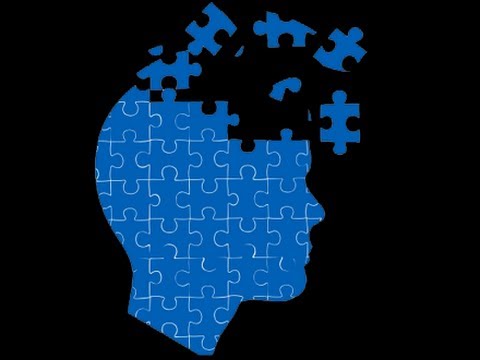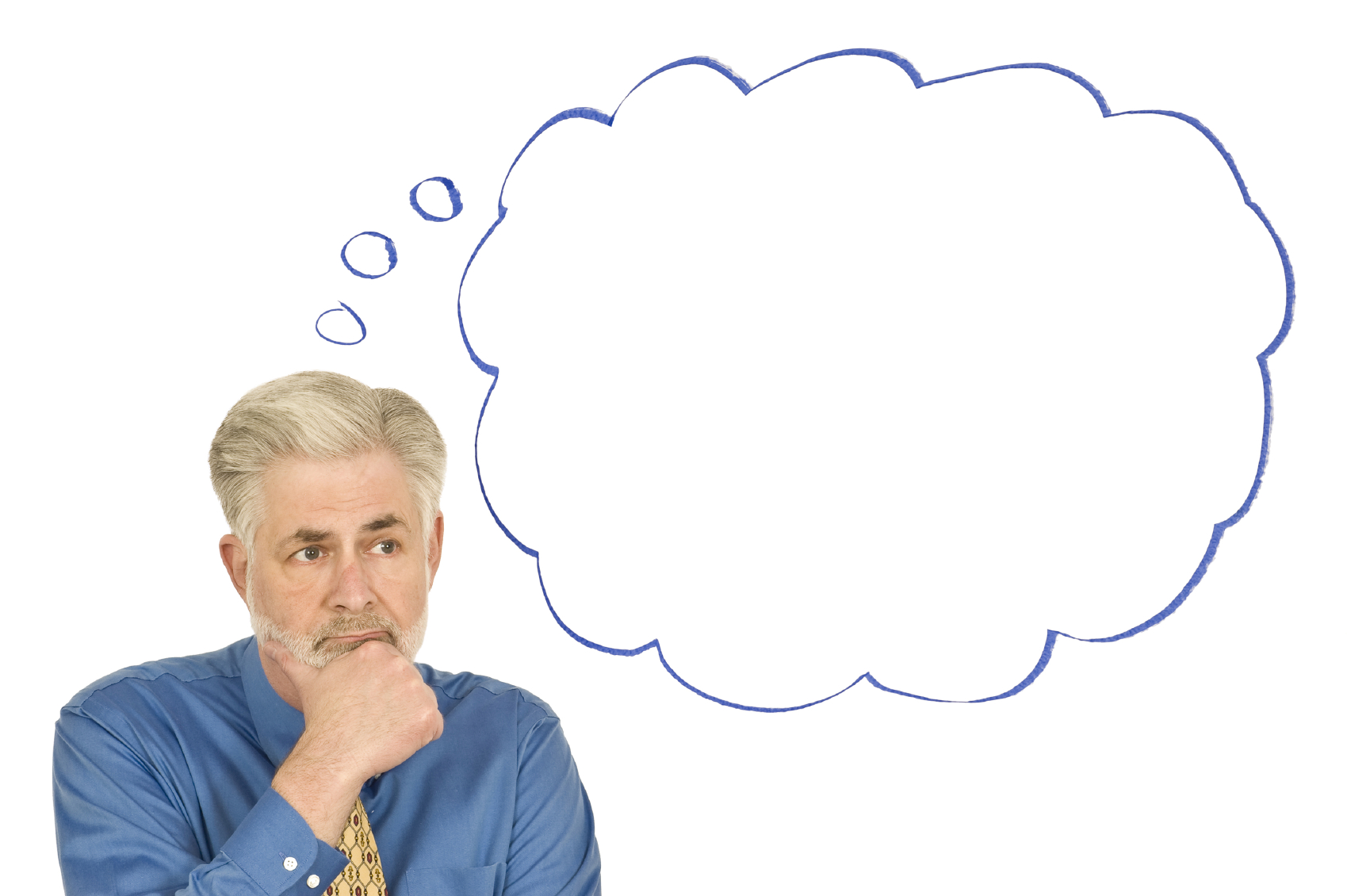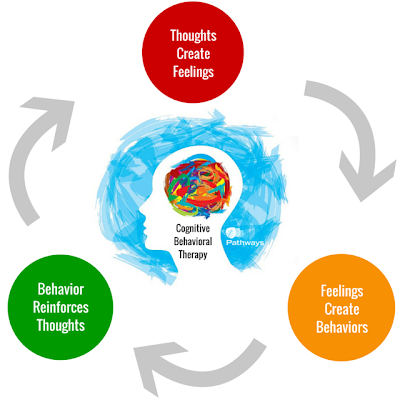Treating Trypophobia with Cognitive Behavioral Therapy

Why does our brain fear these holes?
Cognitive Behavioral Therapy or CBT is currently one of the most widely used types of psychotherapy developed through scientific research. All of the components of CBT were tested to determine their efficiency and its main goal is to improve the overall state of the patient’s mental health as well as to improve the quality of life. The good news about this type of therapy is that it has a proven record of treating anxiety disorders and phobias, and you do not have to visit a trained CBT therapist. You can just apply the CBT principles on your own and try to conquer your fears. This method is focused on active processes in solving particular problems and situations and prevents potential mental illnesses. Sometimes, we are not able to perceive the reality as it is and perceive the surrounding as life-threatening. While addressing the specific problems in our lives, we are changing our way of thinking. Cognitive therapists help patients to recognize the negative thoughts that cause them to feel anxiety or fear. Initially developed by the famous American psychologist, Aaron Beck, it has three levels of cognition:
- Core beliefs or deeply held beliefs about ourselves such as “I’m useless”, “I’m incapable of dealing with something”, etc.
- Dysfunctional assumptions, such as “The world is unfair”; “The world is dangerous”, etc.
- Negative automatic thoughts connected to future such as “Things will never work for me”, “I will never succeed”, etc.
Sometimes, these assumptions are influenced by childhood experiences, but sometimes they can just be the results of our adult experiences, fears, and disappointments.
Mental Illnesses That Respond Well To CBT
Every person undergoing this type of therapy does not need to be a patient, or someone suffering from mental disorders. This type of therapy is also used to help people overcome the fear of speaking in public, solving love or marriage problems, work problems, or any problems which lead to self-destructive behavior. “Cognitive-behavioral therapy teaches you to stop believing everything you think,” explains Scott Bea, PsyD, a psychologist in the Cleveland Clinic department of psychiatry and psychology. “False thoughts lead to negative emotions that drive behaviors, and those behaviors reinforce the false thoughts.” In addition to the problems that every person does sometimes encounter during his/her life, CBT is also successfully applied as a treatment for:
- depression and anxiety disorders,
- phobias,
- hypochondria,
- insomnia and sleep disorders,
- obsessive-compulsive disorder,
- problems with aggression,
- medicines, drugs, and alcohol addiction,
- feeding disorders,
- personality disorders, etc.
Harmful thoughts or behavioral habits can highly impact on the quality of our lives, our self-esteem, the ability to improve our social and communication skills. A thought such as seeing a friend on the street who did not say hello can be harmful if we perceive it as an intended action, to avoid or ignore us. It produces the feeling of sadness and sorrow and as a consequence, we will avoid this person in the future, even though the assumption could be completely false. Instead of that, we should adopt the neutral thought such as “He didn’t notice me because he doesn’t feel well, which does not cause negative feelings or actions.
The Key Elements of Cognitive-Behavioral Therapy
Unlike some other psychotherapy treatments, CBT focuses on the present and the ways how to improve the patient’s current state of mind and create mutually agreed goal setting. Goals should be ‘SMART’, i.e. specific, measurable, achievable, realistic and time-limited. The basic setting of CBT is the so-called “guided discovery”, a therapeutic stance encompassing the patient’s view of things and possible alternative perspectives and solutions they can adapt. An aspect of guided discovery is Socratic questioning, which is a method of questioning based on the way in which Socrates (c. 400 BC) helped his students to reach a conclusion without directly telling them. An important feature of CBT is to have a trusting and cooperative relationship with your therapist. Through sessions of intimate conversations, the therapist acts as a counselor, not imposing on the patient anything that could be stressful, but rather encouraging the patient to set his own goal and eliminate destructive thoughts. Therapy often includes recording your own thoughts in a journal and checking the progress with your therapist. It can also include some relaxation exercises, slow and deep breathing, stress relief methods, aromatherapy, etc. Even though there is no standard length of therapy, most patients feel improvements after just a few sessions. Hardly any research has been done on side effects of therapy, but being confronted with your anxieties or phobias can be very stressful at first, and possible side effects cannot be ruled out.
What Happens During CBT Sessions
The average number of sessions includes 10 to 16 meetings, once a week for 30 to 60 minutes. During the sessions, you and your therapist will analyze the possible areas to work out and break down your problems into separate parts. For example, if a patient has an obsessive-compulsive disorder of washing his/her hands 5 times a day, the first goal would be to reduce that number to 4 or 3 times a day. The patient fills out several questionnaires about feelings, problems, thought and possible physical symptoms he/she may encounter. Based on the diagnosis, the therapist will design a therapy plan to stick to. By helping the patient to prioritize the smaller goals, the efficiency of the therapy will improve and the patient will be able to apply new skills to his/her daily life.

CBT Helps you cope with Trypophobia
Trypophobia and CBT Treatment
The phobias are a type of anxiety disorders which usually do not have a single cause. Phobias can be associated with particular incident or trauma, some learned action or some recent studies have shown that phobias can be genetically conditioned. As for the patients who suffer from Trypophobia, or the fear of the cluster of holes, they may not experience symptoms until they come in contact with the source of phobias such as honeycombs, lotus pods, mango worms, some types of animals or diseases. The symptoms that Trypophobes experience, such as sweating, nausea, dizziness, shortness of breath, itchiness, and increased heart rate, can be successfully managed through the CBT by applying the method of one-by-one problem-solving. CBT is usually the treatment of choice for these kinds of patients.

Cognitive Bias Feedback Loop
According to the data shown through different research studies, phobia patients who undergo a short course of CBT have significant improvement, with about 80-90% of people showing complete remission by the tenth session. The CBT methods are tailored to each patient’s unique needs and they vary from person to person. Typical example how CBT may work can be that a Trypophobe may think that he cannot go outside because he might see honeycombs or some other patterns of holes. The therapist may challenge the patient to realize that there is no exact threat from the hole and encourage the patients to change to thought into “I might see a honeycomb if I go outside, but it cannot hurt me, I can always turn my head and look the other way around”. He may also encourage the patients to see the other side of these things, such as that honeycombs are just places where honey is produced, which is something sweet. CBT treatment is about realizing the real nature of negative images and replacing them with something positive about these objects. According to the study conducted by a team of researchers from Chile and UK, a Trypophobic patient (12-year old school girl) was successfully treated with CBT. At the age of 9, the patient was diagnosed with separation anxiety disorder attributed to her parents getting a divorce. But her mother soon realized that the symptoms such as nausea and abdominal pain were caused by repetitive clusters of holes seen on the bathroom walls, cheese, strawberries, etc. Upon receiving the diagnosis, the girl received the therapy with 25 mg of daily oral sertraline, along with CBT. During the sessions, she was encouraged to openly talk about the holes, and drawing pictures of Trypophobia triggers. After several weeks of treatment, she showed improvement and her behavior became more suitable for the environment and she could manage her school obligations. The therapy yielded a positive response. According to the licensed clinical psychologist Alicia H. Clark, Psy.D, Trypophobia can be treated by CBT. “Treatment starts with identifying the anxiety pattern and providing strategies that stop the panic cycle,” she says. “From there, cognitive strategies are added that gradually diminish a person’s fear.” In the beginning, the therapist shows the Trypophobe a photo of a lotus seed showed from a distance and gradually brings it closer. The goal is to show the patient that, no matter how far the stimuli or the Trypophobic object is, it cannot cause any harm. Eventually, the patient will feel comfortable enough to stand near the object causing the phobia to be overridden.
References:
http://journals.sagepub.com/doi/full/10.1177/1755738012471029″>http://journals.sagepub.com/doi/full/10.1177/1755738012471029 https://www.healthtopia.net/disease/mental-health/phobia/trypophobia-fear-of-holeshttps:/onlinelibrary.wiley.com/doi/abs/10.1002/cpp.5640010502″>https://www.healthtopia.net/disease/mental-health/phobia/trypophobia-fear-of-holeshttps://onlinelibrary.wiley.com/doi/abs/10.1002/cpp.5640010502 https://www.ncbi.nlm.nih.gov/pubmedhealth/PMH0072481/”>https://www.ncbi.nlm.nih.gov/pubmedhealth/PMH0072481 https://www.everydayhealth.com/depression/is-cbt-right-for-you-https://www.everydayhealth.com/depression/is-cbt-right-for-you-5428.aspxhttps://www.ncbi.nlm.nih.gov/pmc/articles/PMC5785177/”>https://www.ncbi.nlm.nih.gov/pmc/articles/PMC5785177 https://www.ncbi.nlm.nih.gov/pmc/articles/PMC5811467/”>https://www.ncbi.nlm.nih.gov/pmc/articles/PMC5811467/

